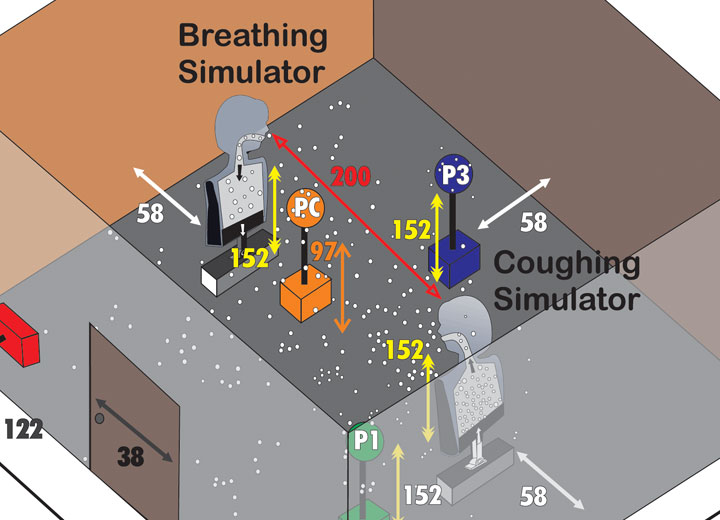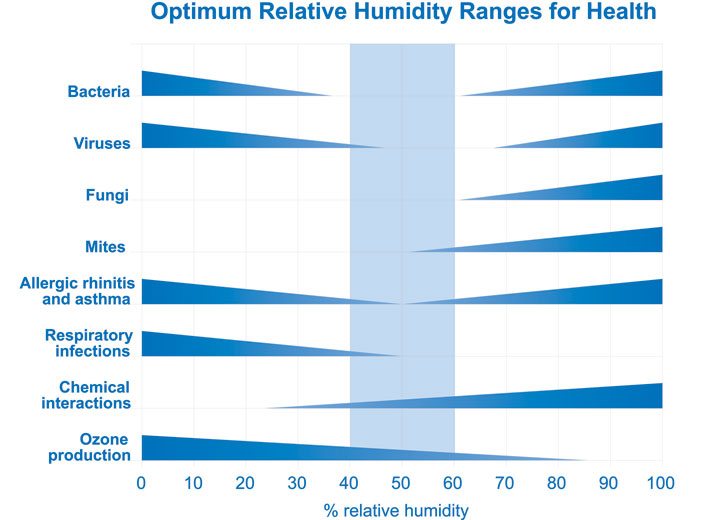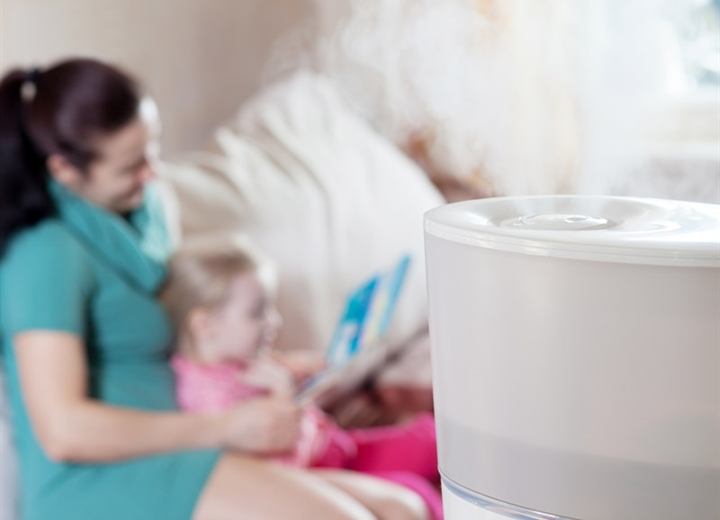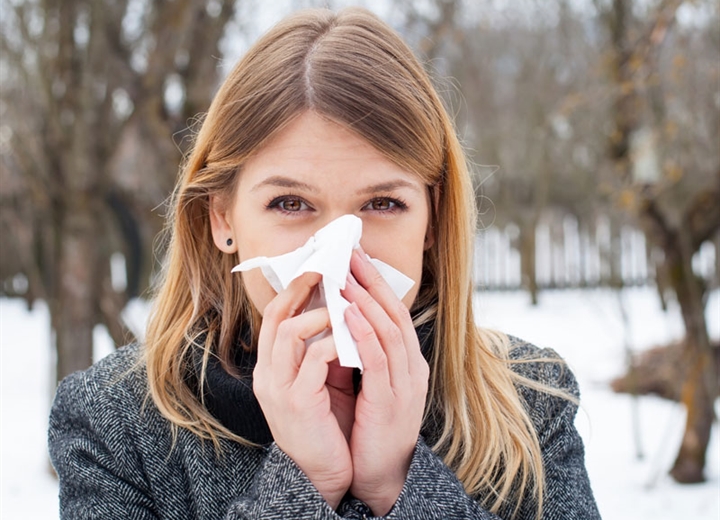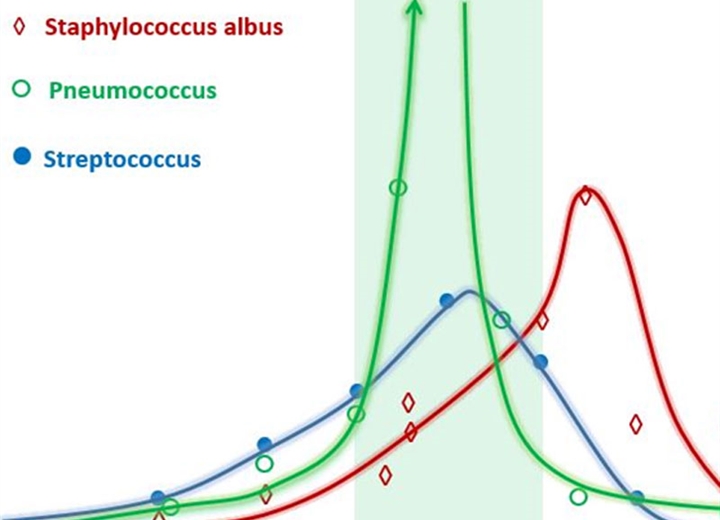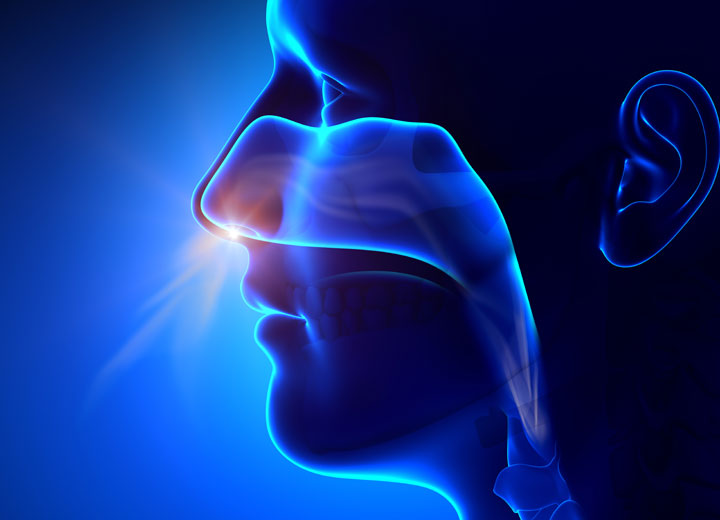Scientific evidence for maintaining a healthy humidity
There are many scientific studies that show the direct and indirect effects of low relative humidity on human health and how it can influence airborne infection.
Here is just a selection of the overwhelming evidence for maintaining an optimum indoor humidity of 40-60%RH for human health and wellbeing.
Studies showing how humidity affects the survival and transmission of bacteria and viruses
Studies showing the effects of dry air on human airways, eyes and skin
Studies showing the effects of humidity on absenteeism, sickness and indoor air quality
You may also be interested in...

Humidity fights flu
A humidity of 40-60%RH is scientifically proven to quickly inactivate airborne flu and is the ideal indoor humidity level.

My humidity is low, what should I do?
If your workplace humidity is consistently below 40%RH it could be affecting your health. Here's what you can do about it.

Dry air and our airway defence system
Low humidity dries our mucous membranes and inhibits our body's natural defence against airborne germs, viruses and bacteria.

Dry air and our eyes
Low humidity dries our eyes' precorneal tear film making us prone to eye irritations and contact lens discomfort.

Dry air and our skin
Low humidity dries the outer layer of our skin leading to itchiness, cracking and dermatological problems.

Dry air and airborne infection
Low humidity acts as a conduit for viruses and airborne bacteria to disperse and travel around a building and threaten all occupants.



